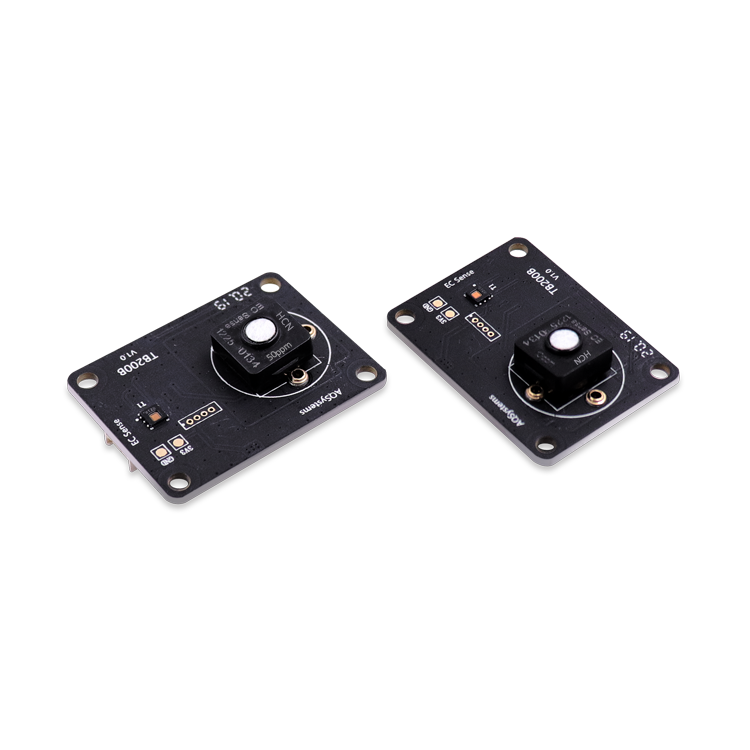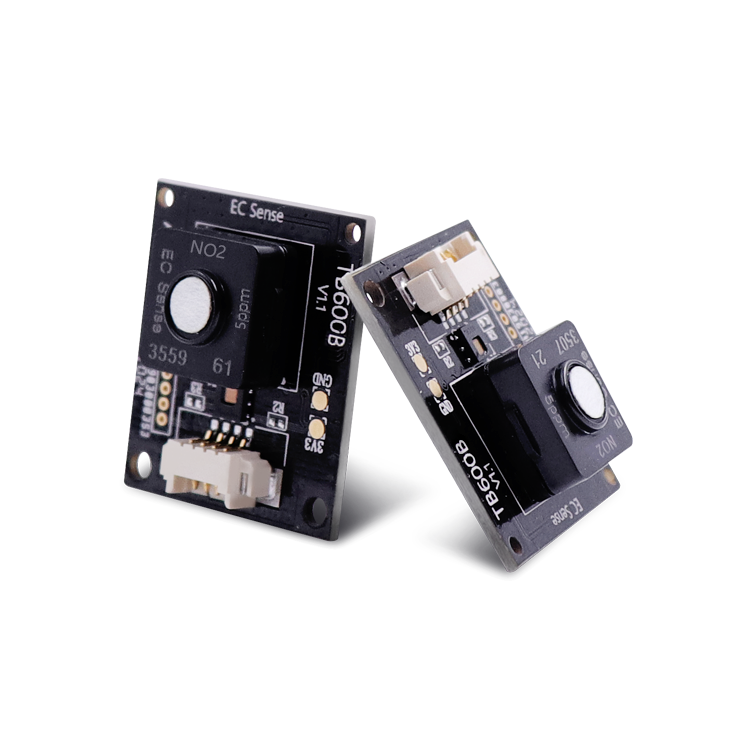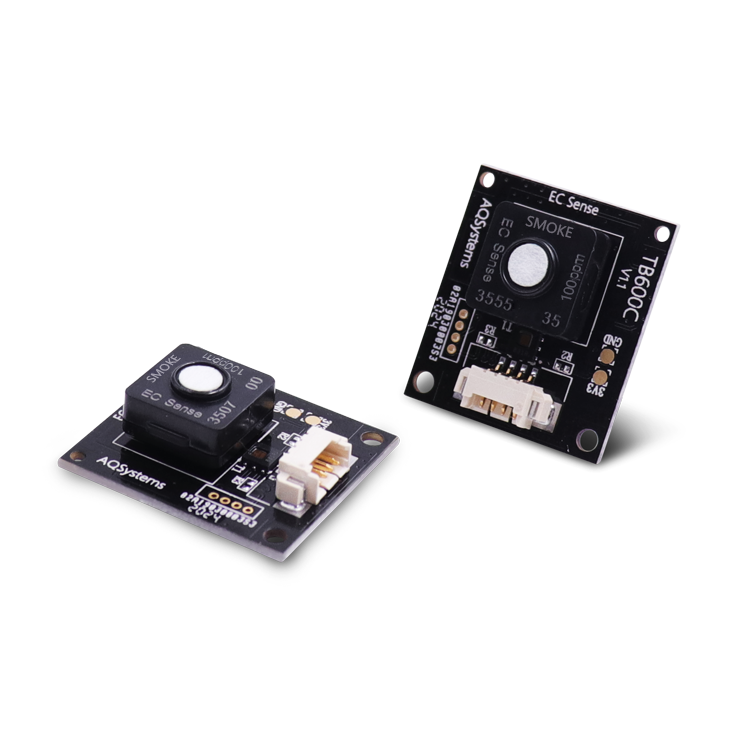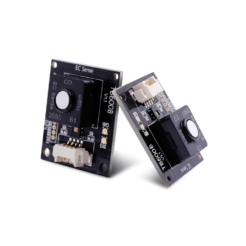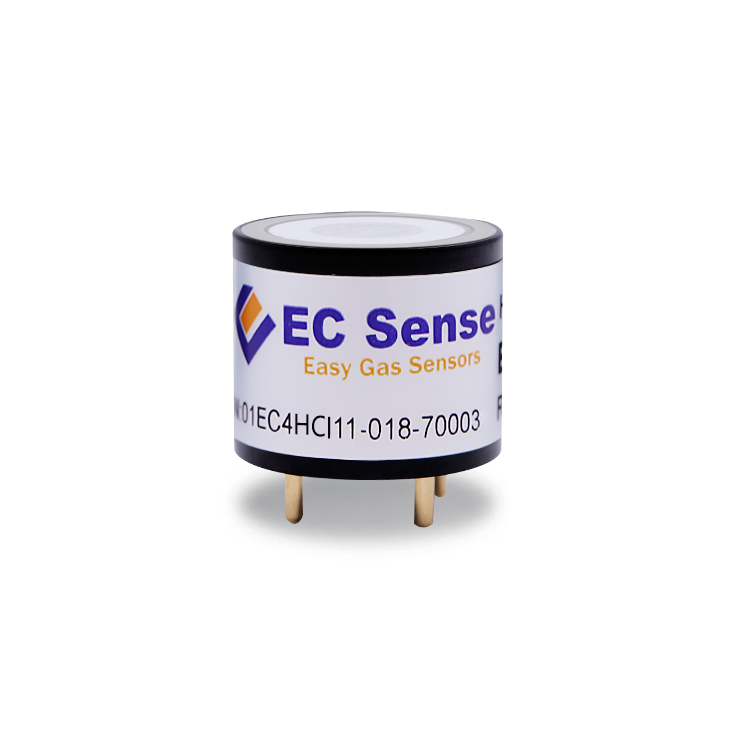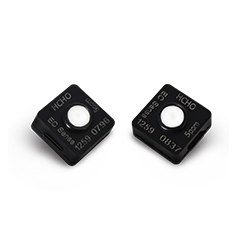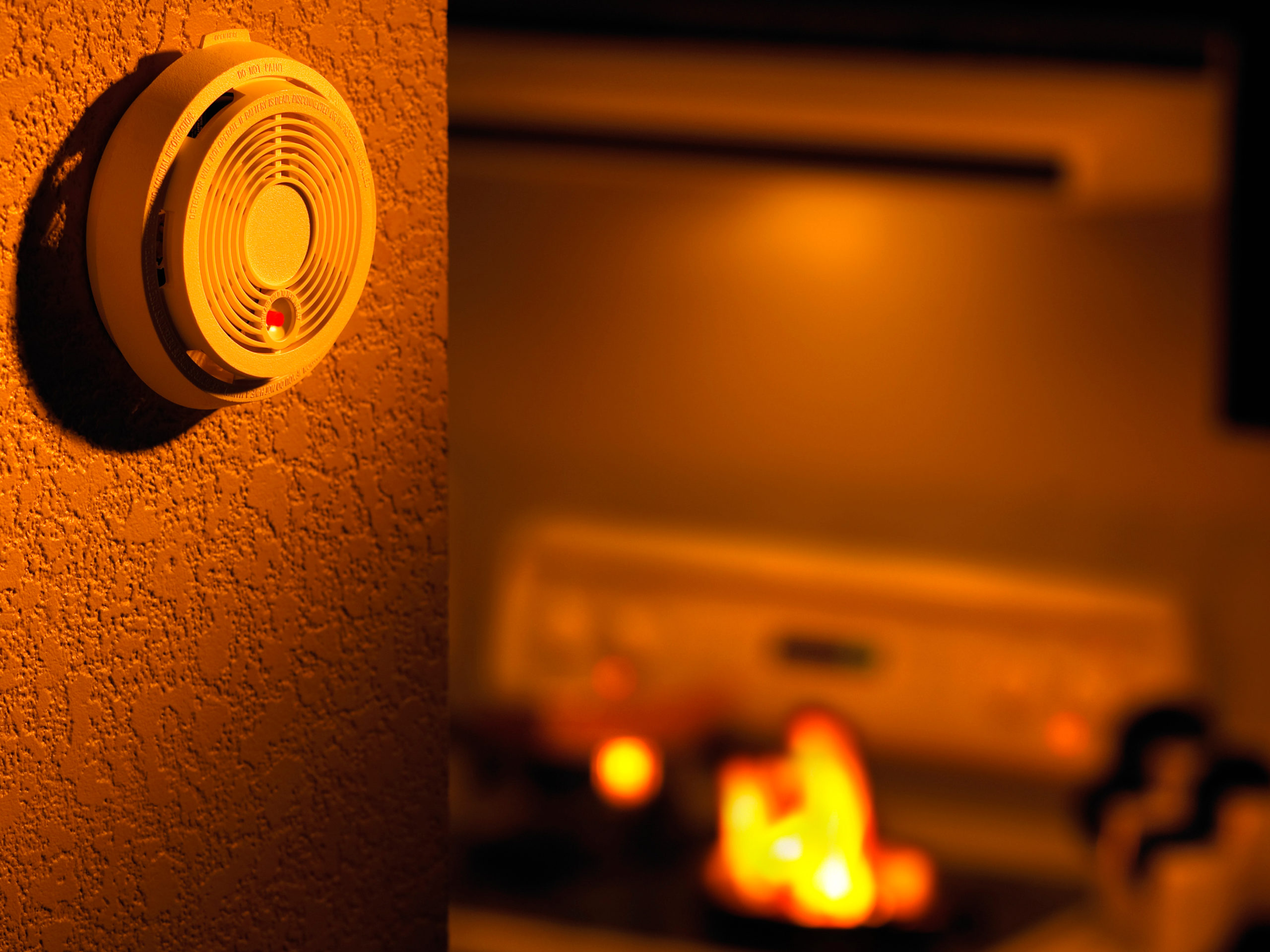Hydrogen Cyanide is formed in many smoldering Fires
Early detection of a fire and the signaling of an appropriate alarm remain significant factors in the prevention of major fire losses. Properly installed and controlled fire warning and alarm systems could help improve the safety of residents and emergency responders while reducing property damages.
Many people die in fires due to poisoning with acutely toxic gases. Studies show that this is the cause of death in about 60% of all fire victims. Of course, we know that toxic gases such as carbon monoxide, formaldehyde and nitrogen oxides are formed in the burning process.
It is probably less well known that one of the first gases formed in a smoldering fire is often hydrogen and if plastics such as polyamides, polyurethane, polyimides or wool are present, the acutely toxic Hydrogen Cyanide (HCN) is formed as well. When PVC is used, for example in electric cables or as vinyl flooring, Hydrochloric Acid (HCl) is formed during the fire. People who are exposed to these gases without protection do not die from smoke, but from the acutely toxic gases. Accordingly, in many cases it makes sense to install sensors that react specifically to these gases for early warning of fires.
EC Sense has developed sensors for Carbon Monoxide (CO), Hydrogen Cyanide (HCN), Formaldehyde (HCHO), Nitrogen Dioxide (NO2), Hydrocyanic Acid (HCN) and Hydrogen Chloride (HCL) that are extremely sensitive at the onset of a fire. Consequently, to plan a fire alarm system, one should not simply use a smoke detector or CO detector but should be aware of the inventory and materials of the room to be monitored and therefore the possible fire gas mixture.
By using the special EC Sense Polymer Electrolyte Technology, it is possible to install a reliable and durable sensor system in the interaction with the readout board, which monitors its own functionality and thus eliminates the danger of a false security.
